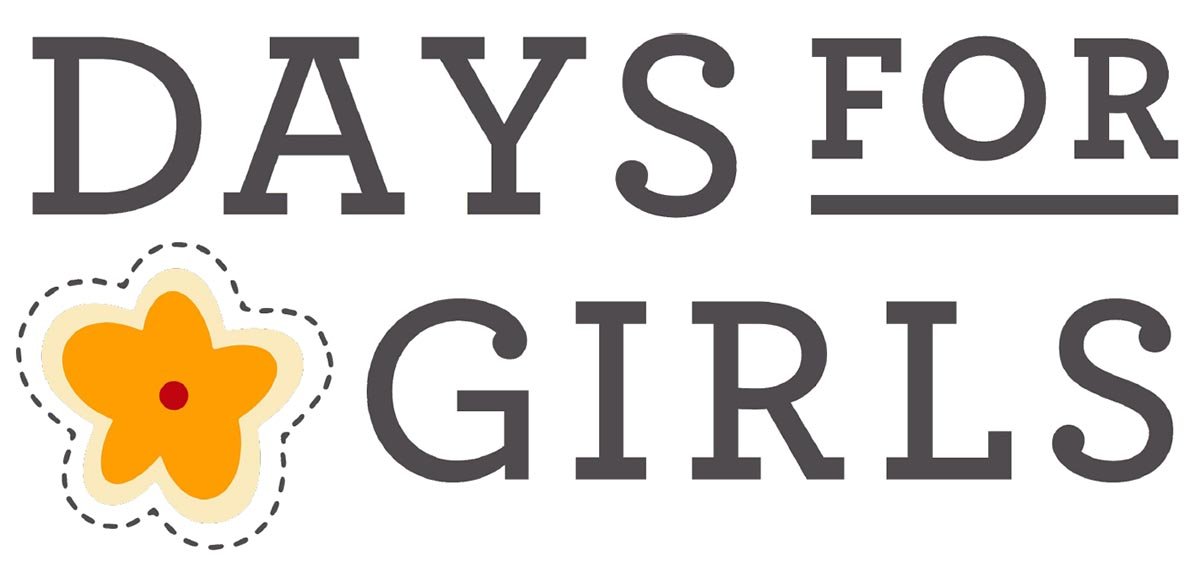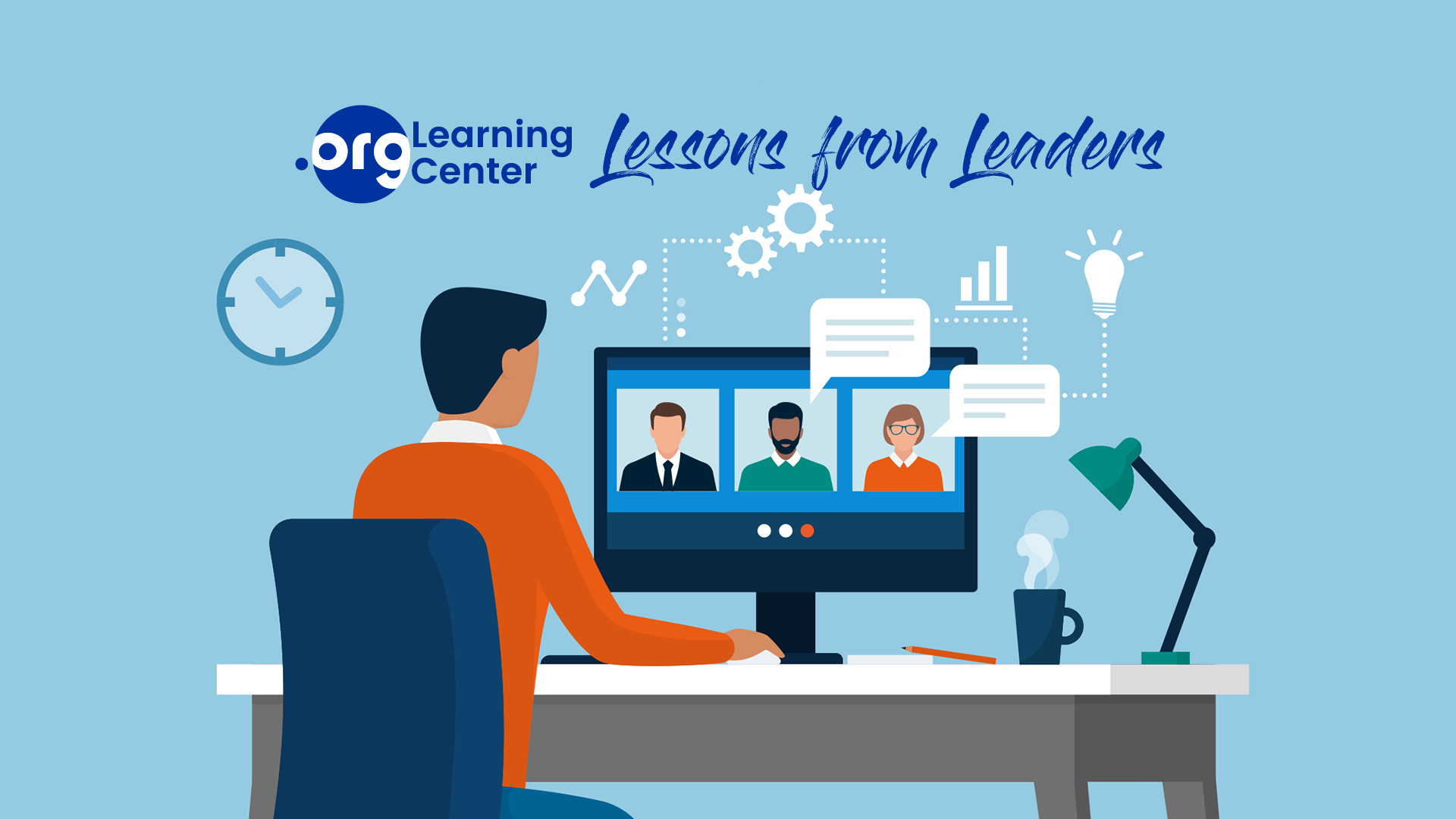Each mission-driven organization is on a journey, whether a day or decade old. This article is part of our “Lessons from Leaders” program, which is designed to offer help from those who’ve faced the same challenges you do now – whether it’s creating an online presence, engaging with communities, fundraising, best practices or other issues. We hope these short essays will help you on your journey – and that someday you’ll offer your own perspectives to help the next generation of mission-driven organizations.
Communication is critical for any company, but especially so for mission-based organizations. Whether the organization can deliver on its mission will depend in large part on how well it engages with its community, connects with donors, and coordinates with volunteers. It also must communicate well within and across its organization. But how does an organization collaborate effectively when everyone works remotely and lives all over the globe?
This can be a real challenge for an organization like Days for Girls International (Days for Girls) which has multiple regional offices, volunteer-led chapters and teams, and locally-owned Social Enterprises all over the world. According to Jessica Williams, Days for Girls’ Chief Communications Officer, collaboration tools help facilitate communications and forge a clear understanding of the organization’s mission, its policies, and its plans.
With a presence in 144 countries on six continents, Days for Girls has over 60 full-time staff and contractors, tens of thousands of volunteers, and 140 certified Social Enterprise leaders operating local businesses. Unsurprisingly, internal communication challenges take on a whole new dimension with different time zones, languages, and cultures in play.
To stay connected and promote a shared vision and strategy, Days for Girls has virtual monthly staff meetings, regular team meetings, monthly leadership labs, and uses collaboration tools and software such as:
- Google Workspace (suite of cloud-based productivity tools)
- Trello (visual project management tool)
- Zoom (video conferencing tool)
- Loom (workplace video message platform)
- Calendly (online appointment scheduler)
- Hello Sign (electronic signature tool)
- What’s App (cross-platform centralized messaging and VOIP service)
- Canva (graphic design platform)
- TimeandDate.com (online time zone organizer)
- Taroworks (mobile data collection, monitoring, sales and inventory management platform)
- Salesforce (Customer Relationship Management software)
- Hubspot (inbound marketing, sales, and customer service software)
- Buzzsprout, ai & GarageBand (podcasting tools)
All of these online project management tools help everyone see the workflows and status of projects and initiatives. This is of particular importance given the different time zones of all of the people involved.
Obviously, a tool is effective only when properly and consistently used. So, how do you get people to use the tools and ensure a greater level of participation when new tools are introduced? According to Williams, before introducing new tools, it is important to ensure that the tool is the right fit for the organization. “At Days for Girls, we are constantly monitoring new tools and technologies that will make our work easier. We often try out the free version for a while to see if it’s a good fit and then upgrade to the premium services and recommend it to other departments if it seems like it will be helpful. We believe you should use the tool only if it works for you and your team.”
In sum, collaboration tools can help mission-based organizations effectively communicate. Given how critical these tools are to a global NGO like Days for Girls, you should also explore leveraging such tools to help your organization deliver on its mission.
Days for Girls International is an award-winning NGO that works to shatter stigma and limitations associated with menstruation for improved health, education and livelihood outcomes. To date, Days for Girls has reached more than 2.1 million women and girls in 144 countries on 6 continents with quality, sustainable menstrual care solutions and health education.


